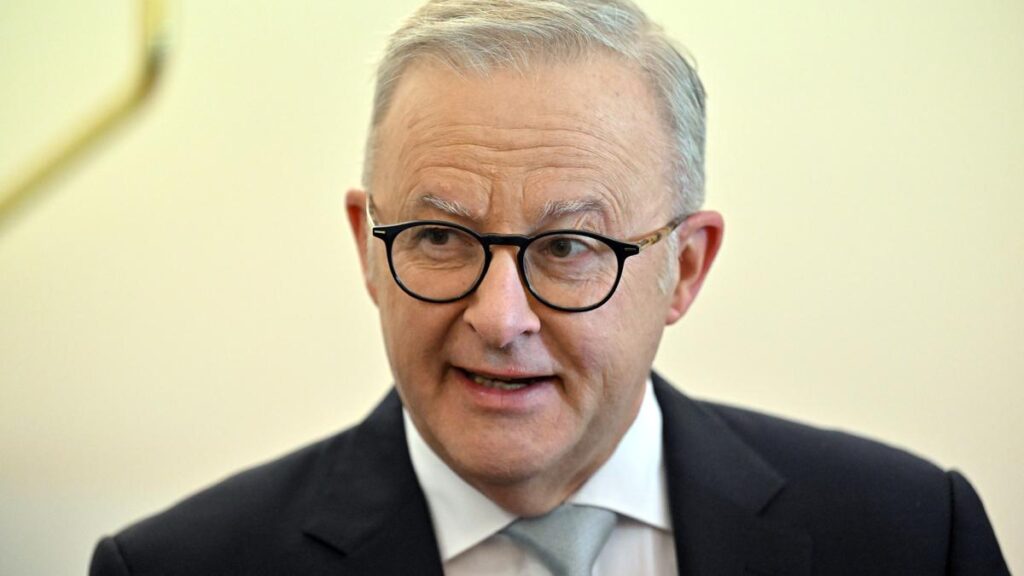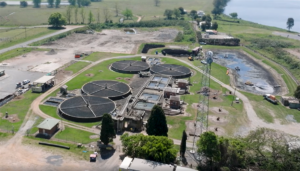
Prime Minister Anthony Albanese meets with retail workers at Parliament House in Canberra, Thursday, July 24, 2025. The Government is set to introduce penalty rates bill aimed at protecting millions of workers. (AAP Image/Mick Tsikas) NO ARCHIVING
The Albanese government has announced a significant change to the cost of prescription medicines in Australia, capping prices at $25 per prescription starting in 2026. This new regulation will lower the current price of $31.60 and aims to alleviate the financial burden on patients. Legislation to formalize these changes is expected to be introduced this week.
In addition to the new cap, the cost of medicines listed on the Pharmaceutical Benefits Scheme (PBS) will remain frozen at $7.70 for pensioners until 2030. This move is projected to cost taxpayers approximately $200 million annually but is anticipated to receive wide support among voters.
The Coalition, which had previously matched this policy during the recent federal election, is expected to facilitate a swift passage of the bill through parliament. The Albanese government has emphasized that this initiative was a key component of their campaign, using it to criticize the opposition, particularly targeting Peter Dutton and the Coalition’s stance on healthcare by equating it to a more privatized, US-style system.
Prime Minister Anthony Albanese stated, “The size of your bank balance shouldn’t determine the quality of your healthcare.” He reaffirmed the government’s commitment to making medicines more affordable, adding, “We said we would make cheaper medicines even cheaper – that is exactly what we are doing.”
Health Minister Mark Butler noted that the last time PBS medicines cost no more than $25 was in 2004, highlighting the significance of this adjustment. “The Albanese government has been focused on delivering cheaper medicines for Australians,” Butler remarked. “Cheaper medicines are good for the hip pocket and good for your health.”
As the government begins its second term, it continues to prioritize the fulfillment of its election promises. Recently, it introduced additional legislation aimed at reducing HECS debt by 20 percent, securing penalty rates in workplace agreements, and implementing safety reforms in the childcare sector.
The changes to prescription medicine pricing are part of a broader strategy to ease the cost of living pressures faced by many Australians, reinforcing the government’s commitment to healthcare accessibility.







